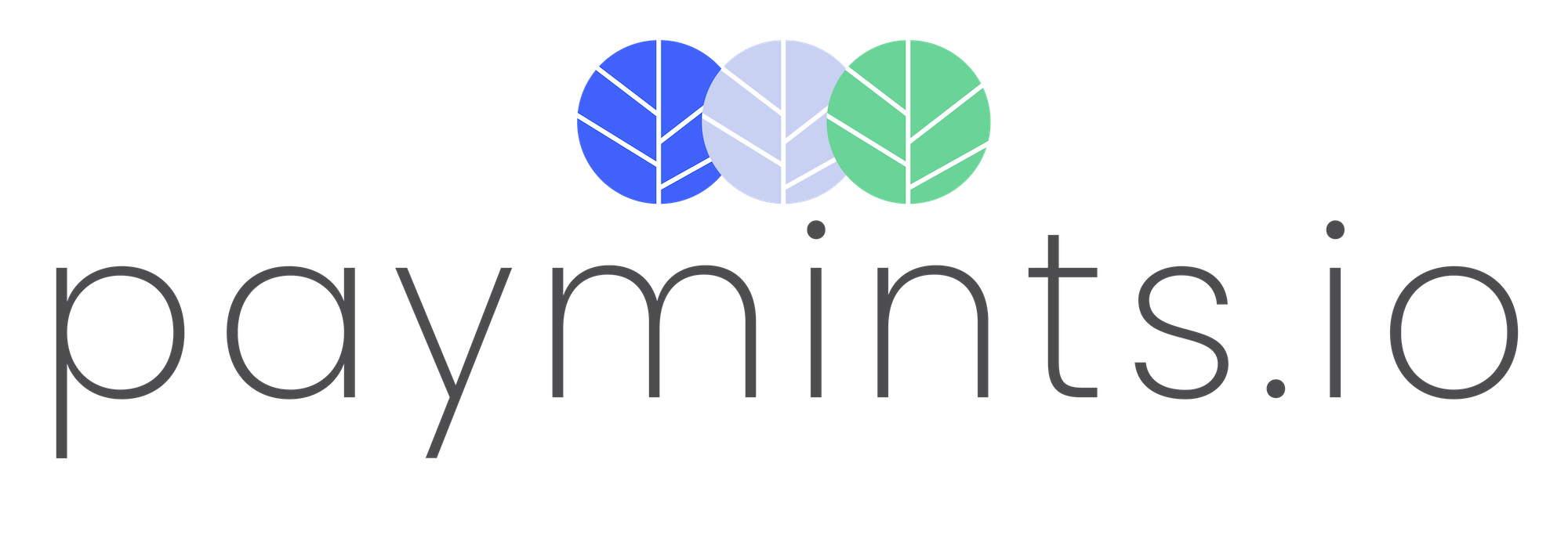
Automated Clearing House (ACH) transfers are a type of electronic money transfer system enabling individuals or businesses to move money from one bank or financial institution to another. While ACH transfers are somewhat similar to a wire transfer, they do have certain advantages and benefits that wire transfers don’t, subsequently making them more ideal for a variety of transactions, such as personal loans, payroll disbursements into savings accounts or checking accounts, and, of course, real estate transactions.
They are also more secure than wire transfers and ACH transactions typically do not have any fees or, if they do, they are much lower than the fees for a wire transfer. Many real estate professionals already use ACH payments to collect earnest money deposits and other payments from their clients, but there are certain things any real estate professional and their clients should be aware before doing so.
Specifically, ACH transfers often have transfer limits. When sending money, it is important to be aware of the transaction limit per month as well as the daily limit. These limits can differ depending upon the bank an individual is using, as well as the ACH transfer platform.
Overall, ACH transfers are the optimal method for real estate professionals to collect earnest money deposits, closing costs, and other related fees from clients. But a deeper understanding of ACH transfer limits will also help you to avoid any issues and ensure all transactions are completed smoothly and successfully.
ACH Transfer Limits
Many banks have a limit on how much money an individual can move in a day, in a single transaction, as well as a limit on how much can be transferred in a single month. Quite often, the limit is higher than what an individual might need to pay for earnest money, with many banks allowing money transfers up to $10,000 per month, and a few even as high as $25,000 a month.
However, other banks have much stricter ACH transaction limits, which can be as low as $2,000 a month. This, of course, can be an issue, which is why it is important to discover the answers to the following questions before using an ACH money transfer system for any purpose.
- What is the bank’s limit on the amount of transfers an individual can make each month, as well as the limit an individual’s bank account can receive?
- Is there a limit on the amount of money that can be transferred?
- How quickly will the money be transferred?
- What are the fees?
Incoming ACH Transfer Limits
In addition to outgoing transfer limits, many banks also have limitations in incoming transfer amounts as well. Limits can vary depending upon the bank, but an average is $25,000. However, some banks have a low limit of $2,000. This can be a problem for many individuals and businesses, as well as real estate professionals who often require larger money transfers from clients.
Savings Account ACH Transfer Limits
Besides being aware of the amount a person will be allowed to send using and ACH transfer, it is also important to note that most banks also impose a limit of 6 ACH transfers each billing cycle from an individual’s savings account. Any attempted transfers over the limit result in a fee, which varies by bank.
The banks and major financial institutions have imposed this limit because they consider your savings account to be subject to certain requirements. However, it is important to note that this limit does not apply to checking accounts, so it would be beneficial to instruct clients to utilize their checking account for ACH transfers rather than their savings account.
ACH Transfer Limits and Penalties You Should Be Aware Of
ACH transfer limits imposed by different banks isn’t the only thing you will need to be aware of. It is also important to know about other restrictions or penalties that might exist, such as:
Cutoff Times — some banks might not process an ACH transfer until the following business day if the transfer was done after a specified cutoff time.
Insufficient Funds Penalty Fee — If an individual doesn’t have enough money in their account to cover the ACH transfer amount, they may be subject to a penalty, and, needless to say, the transfer will not go through.
No International Transfers — It is very rare that a bank will allow an ACH transfer to occur with banks or financial institutions that are located outside the United States.
It should be noted that many banks will allow you to transfer more than the posted limit if you have a relationship in good standing with the bank for a good period of time. It doesn’t hurt to ask to speak to the bank manager to see if they’d be willing to allow you to transfer more than the limit if you need to for a particular transaction.
All these different rules may make you think that using ACH transfers is more difficult that it would first appear, but that couldn’t be farther from the truth. As you grow more familiar with using ACH transfers, you’ll likely also become more familiar with many of the rules and limitations associated with specific banks, enabling you to better inform your clients as well. Your clients can learn more ACH transfers and other aspects related to the real estate transaction process by visiting online forums and blogs that offer a wealth of information on related topics.
Using a Secure Electronic Payment System
Many of the issues your clients may have with their banks can be avoided by using an independent ACH transfer platform. For example, paymints.io is compliant with hundreds of banks and acts as a complete digital solution for transferring money in a safe and secure manner. From the convenience of their own home, home buyers can quickly and easily send funds for earnest money, cash to close for refinances, and more.
The system utilizes bank-level security and advanced identification protocols to ensure senders and recipients are exactly who they say they are, reducing the risk of fraud. If you’d like to learn more about how a secure ACH money transfer system can benefit your business and your clients, head to paymints.io or schedule a free demo today!


